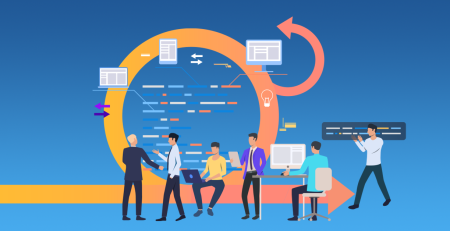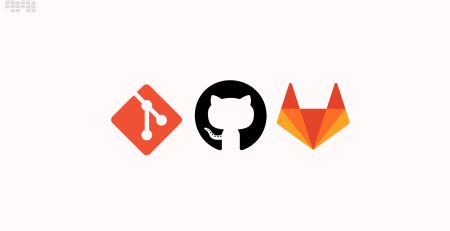DevOps and Microservices
What is Microservices?
There are numerous definitions for microservices, but in its most basic form, a microservice is a type of software architecture. The modules are broken down into very small services (microservice). Each service will be placed on its own server, making it easier to upgrade and scale.
Microservices differ from monolith architecture in that rather than combining all modules into a single block (monolith), we separate the modules into microscopic services. Each service will run on its own server (for example, a cloud server like AWS or Azure) and communicate with one another via a network (send and receive messages via HTTP protocol or using MessageQueue).
What are the advantages of using microservices?
Currently, applications are typically developed on a large scale and must be updated on a regular basis. Facebook, LinkedIn, Snapchat, and other well-known applications are examples of this type. Consolidating an entire application into a single upgrade workload becomes difficult and time-consuming if we use monolith architecture to build these apps.
To address this issue, large-scale applications are divided into small services. Each service manages its own database, which is located on a standard server and is completely independent of the others.
The benefits are as follows:
- To begin with, it is very simple to upgrade and scale up or scale down. Assume you create a website about transportation and warehouses. When the number of vehicles or goods increases, all you have to do is upgrade the server for logistics services (on the contrary, you can reduce the server if necessary). Upgrading servers in the cloud is as simple as a few mouse clicks. This is extremely difficult to accomplish with the monolith.
- Because of the separation, if a service fails, the entire system continues to function normally. A faulty module in Monolith can cause the entire system to crash.
- Services are kept separate; they can be used with different programming languages and databases. Image processing services, for example, can be written in C++, while data aggregation services can be written in Python.
- Build, deploy, and monitoring processes, among others, can be automated.
- When services are broken down, team size is reduced and people work more efficiently.
However, there are some drawbacks, such as slower network communication compared to the monolith, as well as complicated monitoring and management of these services.
What’s DevOps got to do with microservices?
How can we integrate all of these small services into a viable solution because microservices are developed in a non-overlapping manner? As a facilitator, the DevOps model is critical. Microservices and DevOps both provide an agile model. Microservices use the agile model to help with development, speed, and agility, resulting in smaller and more frequent releases.
When DevOps and microservices collaborate, they perform better, especially when DevOps automation is added to the equation, ensuring that we get the same process each time through the CI/CD pipeline. DevOps automation also reduces the time required to complete the new cycle (code/build/test/deploy).
Simultaneously, microservices can benefit from agile methodology, in which development responsibility is shared across the entire team, allowing each team member to work more independently.
Large problems are broken down into smaller pieces and solved one at a time using DevOps practices. Microservices align with DevOps ideals, allowing all teams to collaborate to increase developer freedom.
Conclusion
If DevOps sounds like a good fit for your organization’s needs but you need more information to get it right the first time, Nile Bits is the top software development outsourcing company in Egypt. We also offer IT consulting services (including DevOps consulting services) to help you solve unique challenges. Expert consultants from Nile Bits are available to speak with you right now. Please contact us!













Comment (1)
Good day! I just would like to offer you a big thumbs up for the excellent information you have got right here on this post. I am coming back to your blog for more soon.